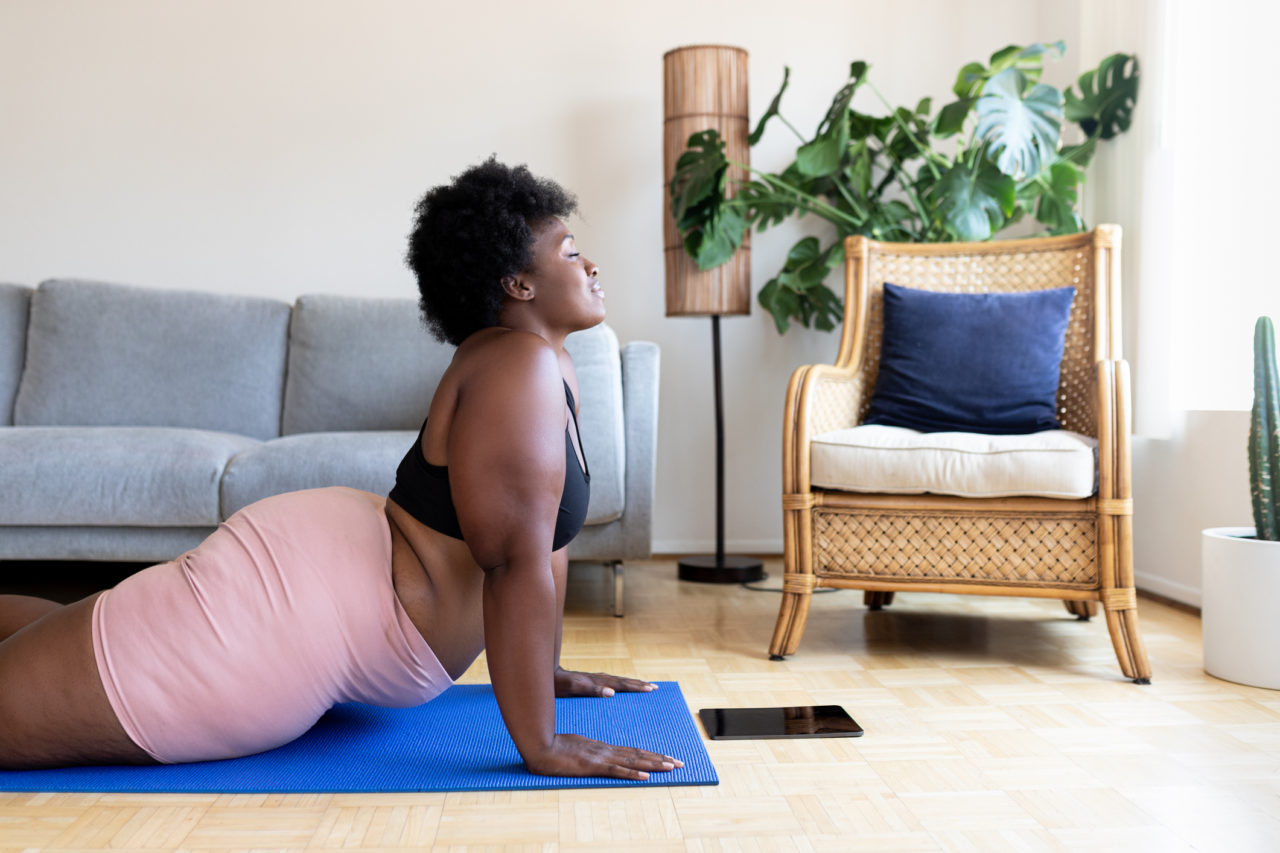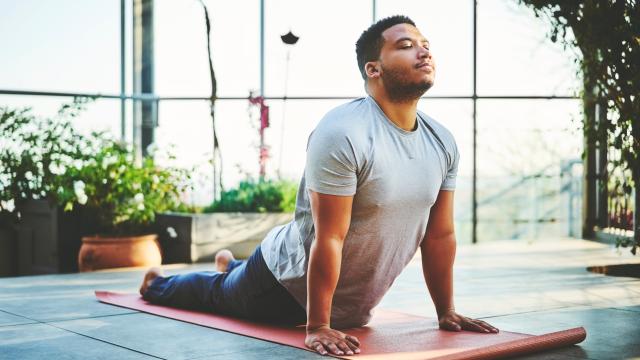When you hit the gym, I assume very few of you are thinking to yourselves, “Okay, time to get my stretch on!”
Maybe you are, but you’d be one of a small group. For the vast majority of fitness buffs, the routine is to get in, break a sweat, and get out. If you’re working on flexibility, it’s probably after the workout is over and only for about 30 seconds.
This is not how we should be doing things, friends. Brodie Hicks of the Australian Institute of Fitness explained to me over email that flexibility has an “important” effect on fitness, and “should form an important part of anyone’s training program”.
Here’s what you need to know.
You should be stretching before and after a workout
That end-of-workout cooldown is all well and good, but it’s equally as important to warm up before training. And more than that, “different principles should be applied depending on the phase of the program you are in,” Hicks said.
Before a workout, you want to focus on “dynamic stretches,” he shared. These guys “are stretches that take a joint through its full range of motion, without holding the stretch at end ranges. Dynamic stretching aims to mobilise the joints in preparation for the activity ahead,” Hicks shared.
After a workout, static holds are your best friend. If you’re not familiar, this type of flexibility practice “involves moving a limb through its full range of motion and holding the end-range for between 15-60 seconds”.
Okay, but what’s the benefit?

Depends on the type of movement. But introducing regular stretching to your workouts can help improve your results, significantly.
“Dynamic stretching has been shown to improve physical performance within a session if conducted correctly,” Hicks said.
“Which therefore will have a positive effect on fitness due to the increased ability to perform work.”
On the other hand, static stretching is known to help with post-workout recovery.
Hicks shared that using static movements after a workout “has been shown to increase blood flow to the target muscles, assisting in recovery rates and allowing individuals to train more frequently.”
Where do I start?
If you’re new to flexibility, no problem. Hicks has shared some recommendations on where to begin. “It’s important to have a list of ‘go-to’ dynamic and static movements within your exercise bank,” he shared. Be sure you’re hitting each of the important joints and major muscle groups. (If you’re unfamiliar with any of the below, a quick Google will bring up some suggestions.)
Dynamic stretch suggestions:
- Ankle joint: Banded Ankle Mobilisation
- Hip joint: Kneeling Hip Opener
- Thoracic joint: Open Book Thoracic Rotation
- Shoulder Joint: Shoulder Dislocates Mobility Drill
Static stretch suggestions:
- Calves: Standing Calf Stretch on Wall
- Quadriceps/Hip Flexors: Kneeling Couch Stretch
- Hamstrings: Seated Hamstring Stretch
- Glutes: Pigeon
- Chest (Pecs): Standing Pec Stretch in Door Frame
- Lats: Kneeling Banded Lat Stretch
In terms of best practice, dynamic movements are obviously those that require you to employ movement to warm up the joint. However, you’ll want to do about two to three sets of 30-60 second holds per major muscle group for static stretches.
More than just a great way to become more flexible, stretching this way is a great way to elevate your fitness journey.
This article has been updated since its original publish date.

Leave a Reply
You must be logged in to post a comment.